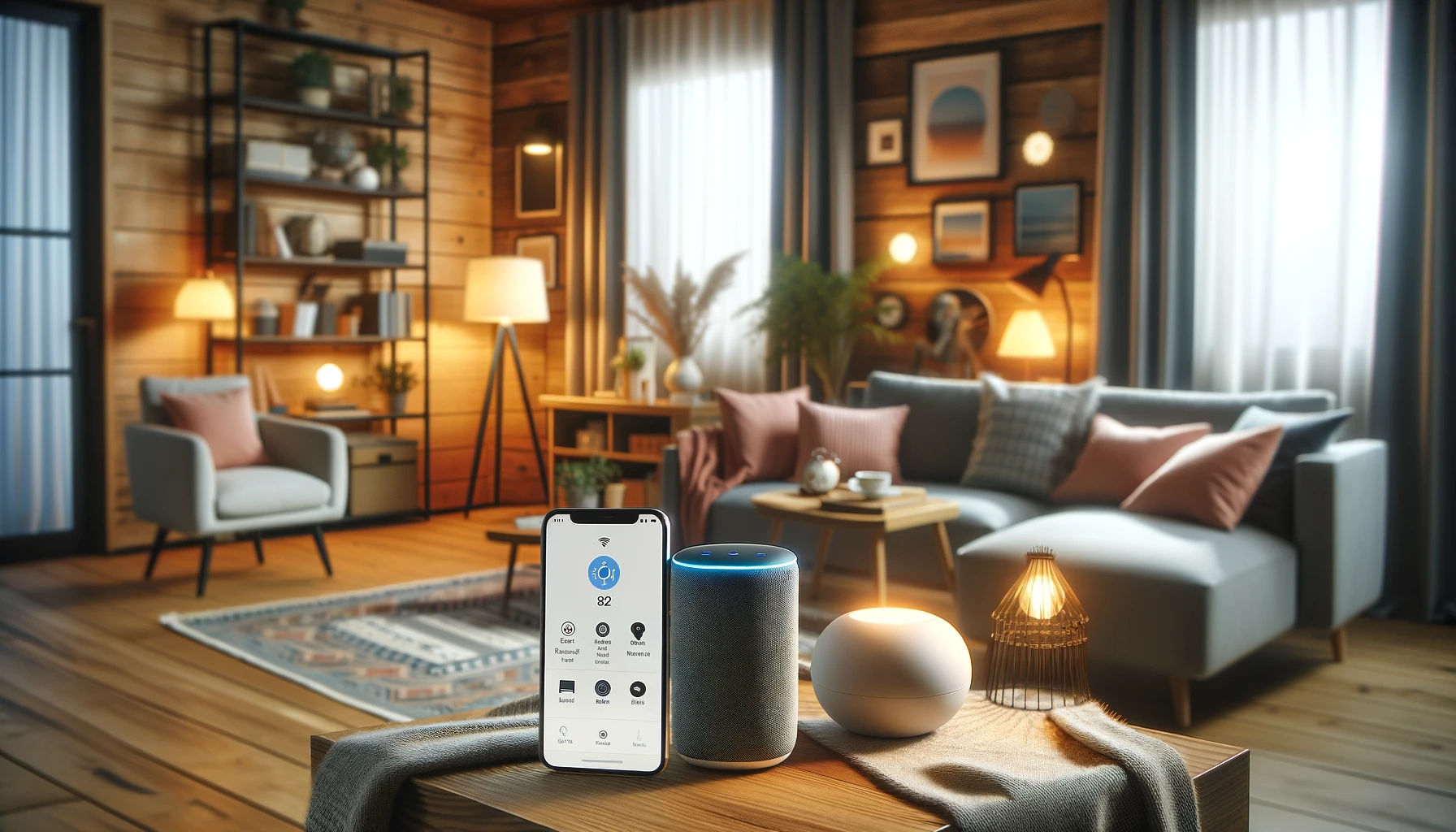Smart Home 101: A Beginner’s Guide to Getting Started
Introduction:
Have you ever wondered how it would feel to live in a home where your voice can turn on the lights, your thermostat adjusts itself to your comfort, and your fridge reminds you to buy milk? Welcome to the world of smart homes! This beginner’s guide is designed to help you, especially our European friends, navigate the exciting realm of smart home devices. Let’s demystify the technology and make your home a bit smarter.
Section 1: Understanding Smart Home Basics
A ‘smart home’ uses internet-connected devices to enable remote monitoring and management of appliances and systems, like lighting and heating. Smart home technology offers convenience, energy efficiency, and security. You’ll typically need a reliable internet connection and a smartphone or tablet to get started.
Section 2: Choosing the Right Smart Home Devices
As a beginner, start with devices that are easy to install and offer significant benefits. Consider smart bulbs, smart plugs, or a smart thermostat. In Europe, it’s crucial to check device compatibility with existing home systems and power outlets. Popular brands include Philips Hue for lighting and Nest for heating.
Section 3: Setting Up Your Smart Home Network
Your smart devices will need a strong Wi-Fi network. Ensure your router can handle multiple devices and provides extensive coverage. For security, use strong, unique passwords and consider a VPN for added privacy.
Section 4: Installing and Configuring Your Smart Devices
Installation usually involves downloading an app, connecting the device to your Wi-Fi, and following the setup instructions. For instance, setting up a smart speaker like Amazon Echo involves plugging it in, downloading the Alexa app, and connecting it to your home network.
Section 5: Integrating Devices for a Seamless Experience
To get the most out of your smart devices, integrate them into a central platform like Google Home or Amazon Alexa. This allows you to create routines, like turning off all lights at bedtime or setting your thermostat to adjust before you arrive home.
Section 6: Troubleshooting Common Smart Home Issues
Common issues include connectivity problems or devices not responding. Usually, restarting the device or checking your Wi-Fi connection can resolve these problems. For more complex issues, contact the device’s customer support.
Section 7: Expanding Your Smart Home
As you become more comfortable, consider adding more devices like smart locks, cameras, or even a smart oven. The possibilities are constantly expanding, with innovations like smart gardens and voice-controlled coffee makers entering the market.
Conclusion:
Starting your smart home journey can be as simple as screwing in a light bulb – a smart light bulb, that is. Remember, the key is to start small and choose devices that fit your lifestyle. We’re just scratching the surface of what smart home technology can do, so dive in, experiment, and see what works for you. Have questions or experiences to share? Drop them in the comments below – let’s make everyone’s home a bit smarter!

